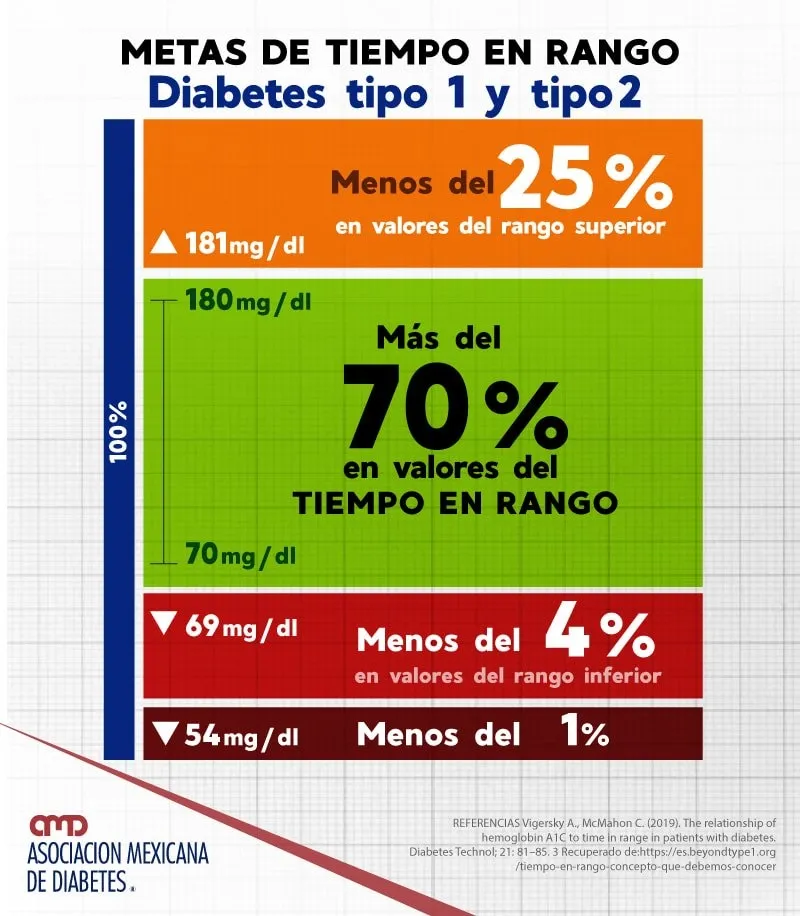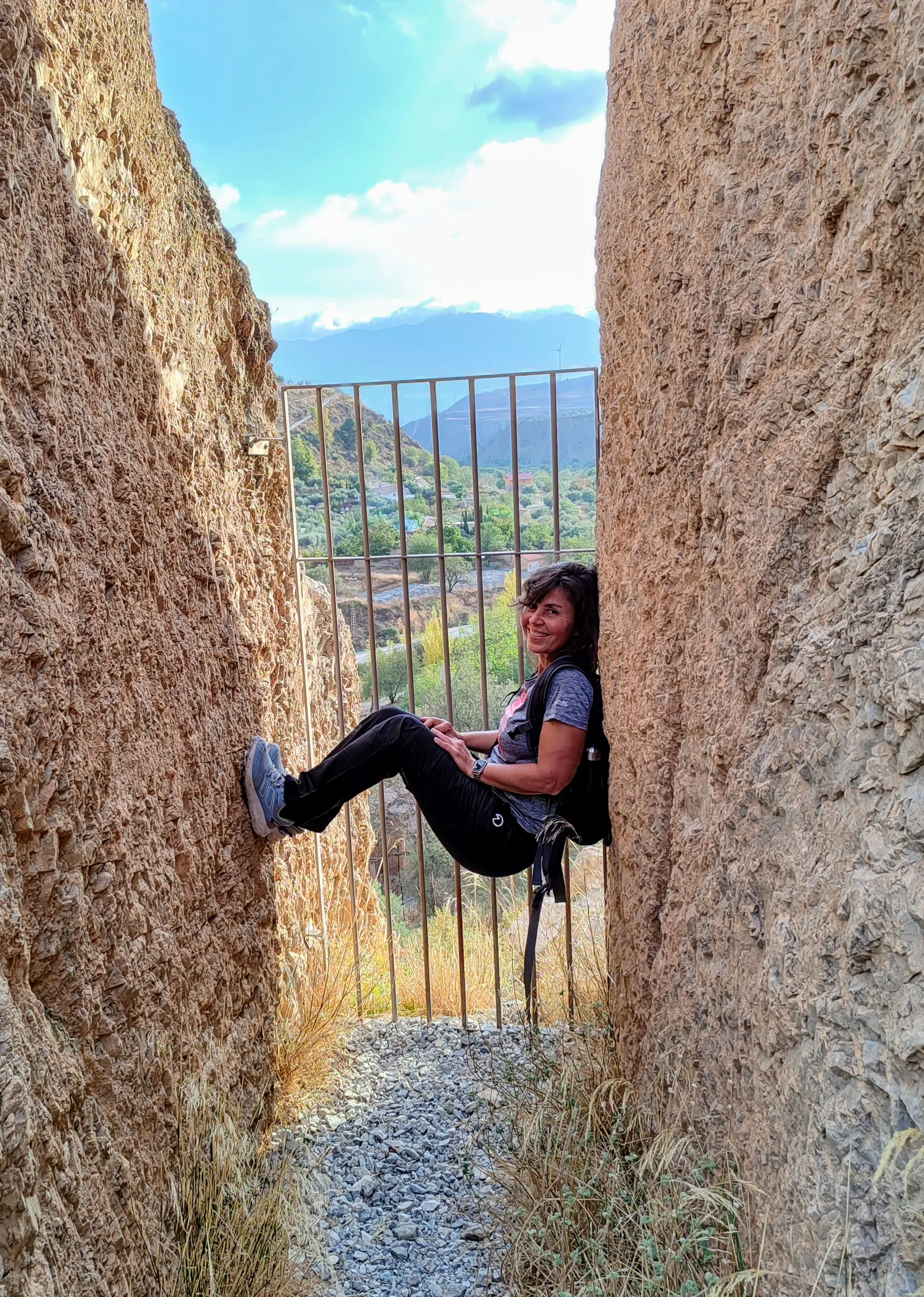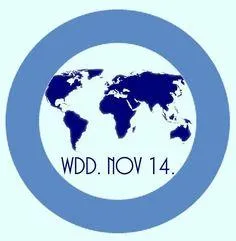Since the sensors are financed, we talk about coefficient of variability and time in range.
I have chopped curious and I have looked at my data in Libreview, which is where the AGP report that reviews the endos comes to see how we are going.And I have surprised myself because I did not know what values are the "good" so I have searched for them and I have found this that I think is illustrative.
diabetes, glycemic variability and time in range
The glycemic variability includes the oscillations in blood glucose levels both in frequency and duration, and include fasting glucose elevations and after meals, as well as episodes of hypoglycemia (glucose & lt; 70 mg/dl) that occur tolength of the day and in different days.
Some patients have greater variability than others and have important differences in the magnitude of these fluctuations with glucosylated hemoglobin values.
That is, a person who lives with diabetes can have a glycosylated hemoglobin value relatively in control and still present great variations in their glucose.
Why are glucose variations important?
In some studies it has been possible to relate with greater increase in diabetes complications.Although glucosylated hemoglobin is used as a diabetes control parameter, it only reflects an average glucose in the last 3 months;But it fails to reflect the glycemic variability or hypoglycemia episodes, particularly in patients with apparent glycosylated hemoglobin control.
There are several ways to measure glycemic variability, one of the most used and accepted is the coefficient of variation.Through the use of continuous glucose monitoring we can obtain the calculation of this.
It has been established that a value greater than 36% is the most appropriate threshold to determine greater glycemic variability.
The main risk factors for glycemic variability are: age, progressive decrease in pancreas function, the duration of diabetes, deterioration in liver and renal function, and diabetic neuropathy.However, any patient can have important variations of their glucose.Other factors are as follows:
- Use of several drugs
- Failure to comply with treatment
- Food intake with the highest glycemic index
- Irregular time of meals
- Physical inactivity
Another concept that has arisen in recent years is time in range (IRR), which is the percentage of time in which glucose measurements are between 70 and 180 mg/dl obtained by continuous glucose monitoring.The American Diabetes Association recommends that the objective be a IRR greater than 70%.
This based on some studies, where it has been determined that the decrease in time in rank increases the risk of complications.For example, a 10% decrease in IRR is associated with increase in the risk of retinopathy progression by 64% (diabetes eye damage) and present albuminuria (excretion of albumin by urine) by 40%.
Keeping a time in optimal range will help you prevent complications and feel better.Other recommendations are that the time under the range (glucose & lt; 70 mg/dl) is less than 4% and the time above the range (glucose & GT; 180 mg/dl) less than 25%.It must be considered that these values can change depending on the age, pregnancy or conditions that may put the patient at risk.
Therefore, your doctor must establish your goals to achieve proper control of diabetes.It is so important to approach the objective of glucosylated hemoglobin (& LT; 7%), such as time in range and coefficient of variation, using the technological tools available today.
My conclusions are that my hemo is fine,6.4% but I am badly and the coefficient of variation;So my control is not as good as I thought.
The website Link





